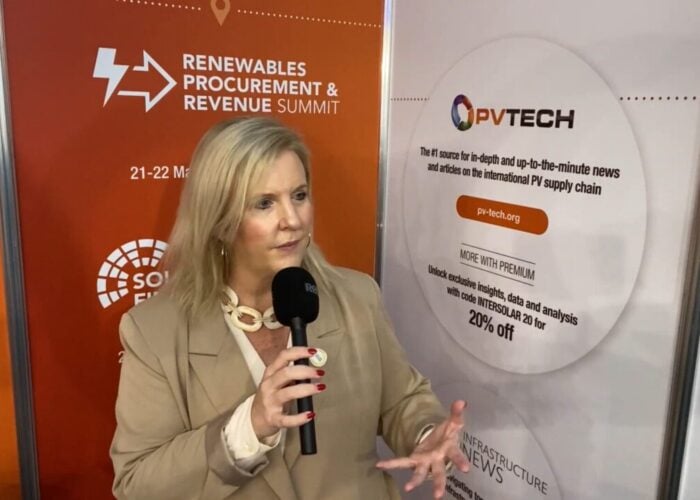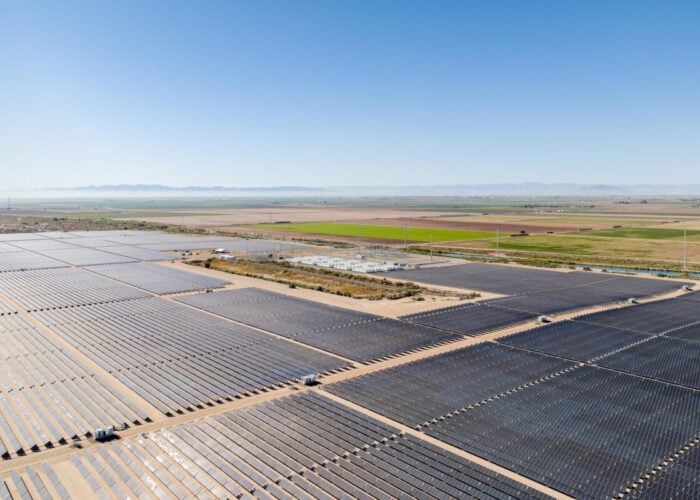
Renewables associations have welcomed rule changes in the US’ largest electricity market that are expected to result in more solar clearing capacity market auctions while making it easier for states to achieve their clean energy targets.
The Federal Energy Regulatory Commission (FERC) confirmed that regional transmission organisation PJM Interconnection’s proposed amendments to the minimum offer price rule (MOPR) have taken effect immediately, allowing certain resources that receive state support to participate in PJM’s capacity aution without being subject to the rule.
Try Premium for just $1
- Full premium access for the first month at only $1
- Converts to an annual rate after 30 days unless cancelled
- Cancel anytime during the trial period
Premium Benefits
- Expert industry analysis and interviews
- Digital access to PV Tech Power journal
- Exclusive event discounts
Or get the full Premium subscription right away
Or continue reading this article for free
The changes effectively eliminate the MOPR’s application to state-subsidised resources, a rule introduced following a 2019 FERC order that aimed to reduce the impact of state-subsidised resources on the PJM market, which coordinates the movement of electricity in all or parts of 13 US states and the District of Columbia.
Responding to that order, the American Council on Renewable Energy (ACORE) and the Solar Energy Industries Association (SEIA) said at the time that it would block new clean energy resources from participating in wholesale capacity markets.
ACORE CEO Gregory Wetstone said last week that the rule conflicted with state efforts to accelerate the transition to pollution-free renewable power, adding: “The MOPR, as previously designed, was a poorly disguised effort to undermine the success that low-cost renewables have enjoyed in competitive electricity markets nationwide by financially bolstering uneconomic fossil fuel generators.”
PJM will now implement the amendments for the upcoming 2023/2024 delivery year capacity auction, which it is hoping to delay until January 2022. The most recent PJM capacity auction, held earlier this year, saw around 1.5GW of solar procured out of a total of 144.5GW.
As well as removing unnecessary administrative burdens, the changes will lead to a more efficient capacity market that protects market participants and customers alike, said Sean Gallagher, vice president of state and regulatory affairs at SEIA. “The focused MOPR clears a path forward for IPPs that want to bid into PJM’s base residual auction and acknowledges the right for states to choose affordable and reliable clean energy.”
Describing the changes as “a big win for environmental justice”, non-profit environmental law organisation Earthjustice said getting rid of the expanded MOPR will give renewables generators a fair chance of operation in the PJM region.






